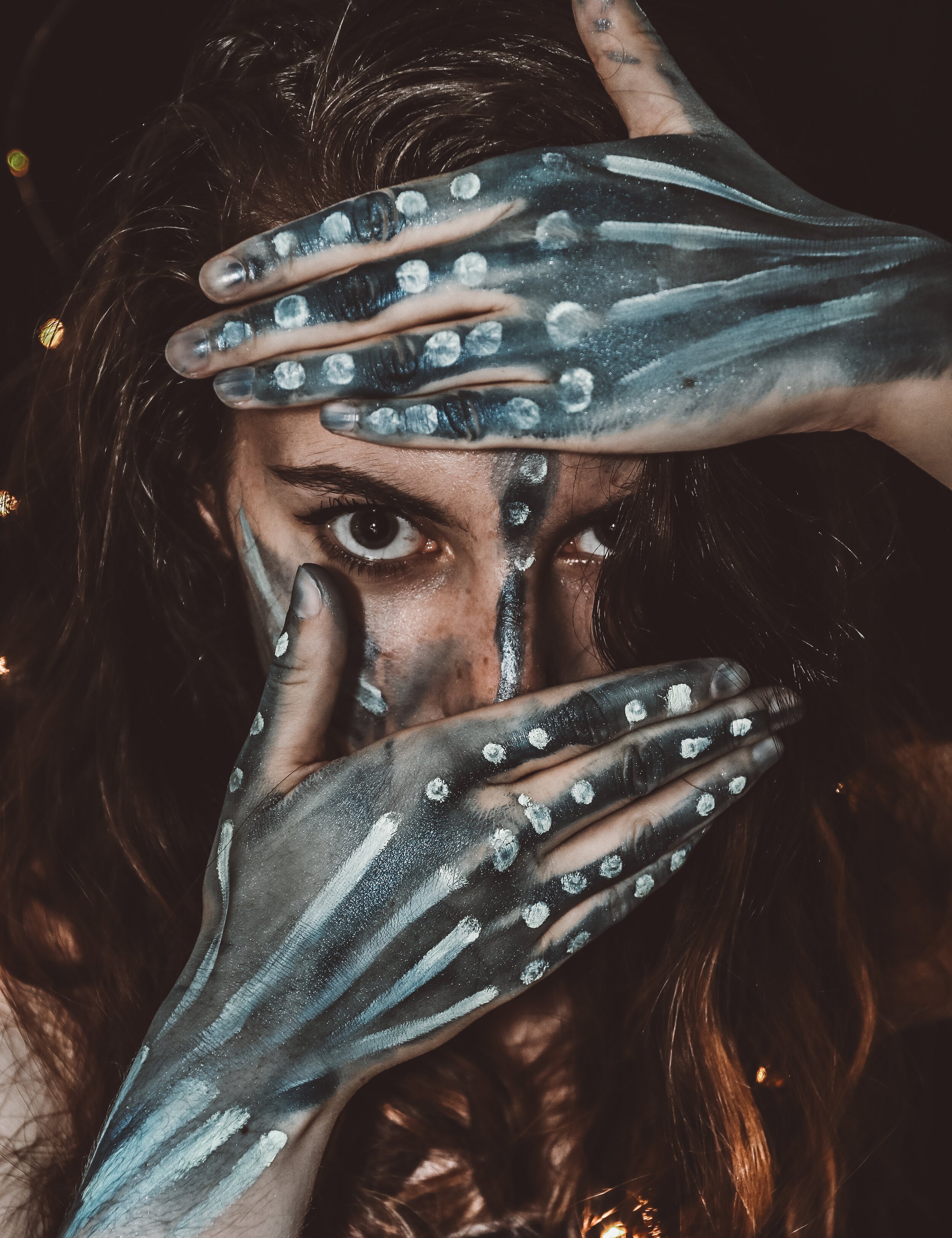How to future proof your bones
Many think osteoporosis is a condition that affects people in their 70s, when in fact bones start to become weaker after the age of 30, with women losing around 10% bone density in the first five years after menopause.
Decreased bone density can cause weakened bones (osteopenia) and increase future risk of breaks and fractures (osteoporosis). HRT is first line treatment for osteoporosis, assuming of course there are no contraindications, but as always prevention is better than cure.
What are the risks of osteoporosis?
People with osteoporosis have an increased risk of fractures occurring even with little or no trauma. These are called ‘fragility fractures’. This means that normal stresses on your bones from sitting, standing, coughing or even hugging can result in painful fractures occurring.
These fractures can happen in any of your bones, including your spine, hips and wrists. This can lead to considerable pain and also sometimes disability. People who fracture their hip find it much harder to get back to their previous level of function and may lose their independence without the right physiotherapy or overall level of health needed to regain good mobility.
How common is osteoporosis?
Osteoporosis is more common in women who do not take HRT after the menopause. One in two women and one in five men over the age of 50 experience fractures, mostly as a result of low bone strength.
Why are women more at risk than men?
Bone health relies on oestrogen, so as hormone levels deplete we become more susceptible to osteopenia and osteoporosis. From the onset of menopause, the rate of your body’s reabsorption of calcium from bones can increase significantly and bone mineral density can decrease. Women have smaller bones than men and a longer life expectancy, so bone breakdown occurs for longer.
Other risk factors:
Premature menopause
Family history of osteoporosis
Certain medications (corticosteroids and anticonvulsants)
Low BMI
Smoking
Heavy drinking
How can I check my bone density?
A DEXA scan determines the strength of your bones by assessing the underlying bone mineral density of your hips and lumbar spine using a very low level of radiation (much lower than normal x-rays).
It’s quick (usually completed in less than 20 minutes) and painless. You will be asked to remove anything metallic (bra hooks, underwire, zips, buttons), put on a gown and lie on a bed. You will be sent the results via email and given a copy of the x-ray.
A T-score of -1 to -2.5 indicates osteopenia and below -2.5 indicates osteoporosis. Essentially, the lower the score, the more porous your bone.
Prevention
Getting enough daily calcium (700mg for adults; 1250mg for pregnant women; 1200mg for post menopausal women; 1000mg for those with coeliac or IB disease)
Vitamin D (10mcg a day in winter months)
Staying active (150 minutes of moderate intensity or 75 of vigorous intensity a week) and avoiding sitting for long periods
Weight bearing exercise on 2 or more days a week - running, dancing, skipping, HIIT, boxing, gardening or even carrying shopping bags - is crucial for maintaining and building bone and can be part of your 150 minute target. If your feet touch the ground during an exercise, it’s probably weight bearing. Running and walking count, swimming and biking don’t.
If you’re time poor, you could try adding in resistance training to your day-to-day activities (commute, school run, housework etc) using wrist or ankle weights.
The importance of nutrition
Calcium is vital for bone health but it also enables our blood to clot, our muscles to contract and our heart to beat. About 99% of the calcium in our bodies can be found in bones and teeth. We can't make calcium ourselves, we rely on it from food and when we don't get enough, our body takes it from our bones.
Animal sources of calcium are: milk, yoghurt, cheese (low fat sources of dairy are just as beneficial here as full fat), tinned fish such as sardines and salmon (with small bones).
Vegan sources: kale, broccoli, almonds, watercress, broccoli, calcium set tofu (check label), dried figs, sesame seeds/tahini and fortified cereals and milks (check labels and always shake plants milks well as the calcium settles at the bottom of the tetra-pack). NB: calcium in spinach is bound to oxalates which can impair absorption so spinach isn’t a great source.
Vitamin D is crucial to bone health. It’s mainly got from the sun but is also found in limited amounts in oily fish (sardines, mackerel, anchovies, salmon, herring), eggs and fortified foods. In the UK we’re advised to top up with a supplement (10mcg a day) especially between October to March. I usually recommend a D3 form combined with with vitamin K, which helps to increase the rate at which calcium builds up in the bones. However, anyone who is taking blood thinning medications such as Warfarin must avoid vitamin K supplementation.
Protein is important for every cell in the body, including bones. We’e talking roughly 1g per kg of body weight. Sources: meat, fish, dairy, eggs, beans, pulses, nuts, seeds, tofu, tempeh and protein powders (whey, pea, hemp etc)
A bone friendly diet should include magnesium, vitamin K and phosphorus.
Make sure you’re meeting your energy intake requirements. Eating disorders where diet is restricted can be a cause for periods to stop and this in turn can lead to weakened bones.
Smoking and alcohol are both linked to increased risk of osteoporosis

